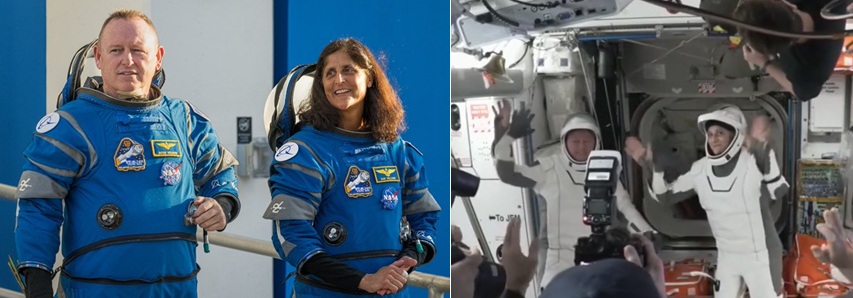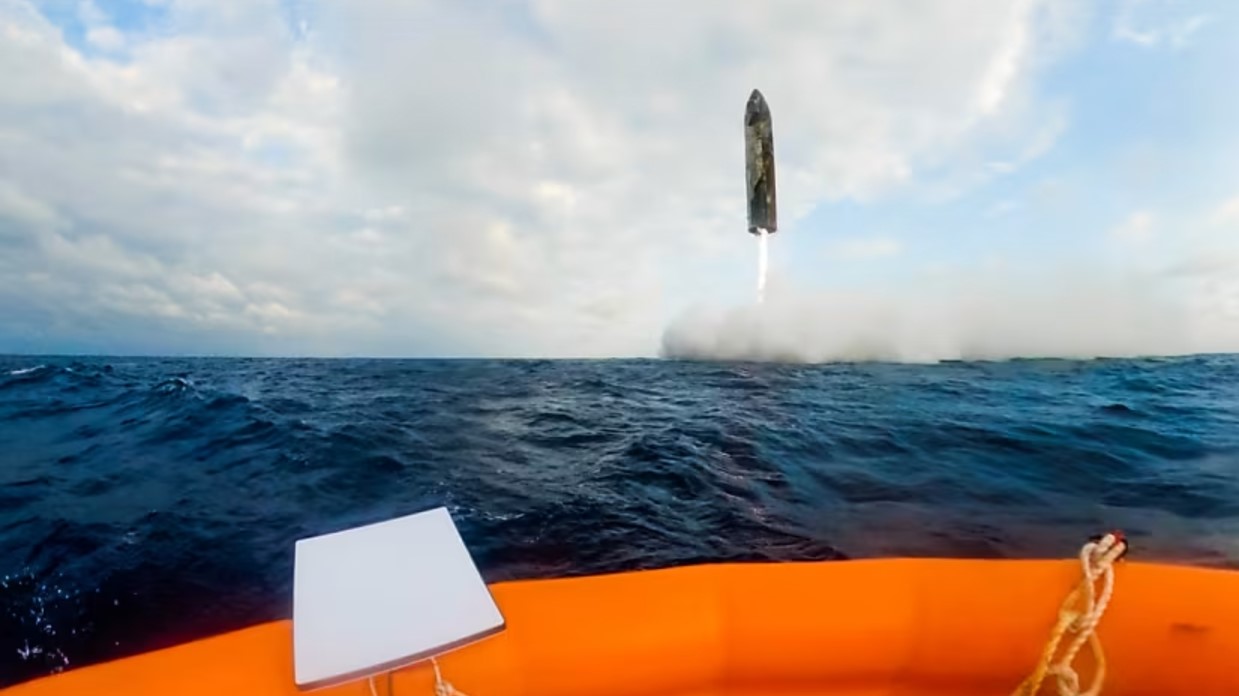As we noted the departure to the breakers yard of the former Royal Navy Frigate HMS Plymouth, this column forgot to mention that it was one of the last warships that still had portholes in its main hull. In fact, portholes (more properly known as scuttles) are now few and far between on warships. Gone are the days when battleships, cruisers, and destroyers carried rows upon rows of portholes down their sides.
This is because naval warship designers like to keep things simple to achieve structural strength, but have to make things more complicated to provide air conditioning, ventilation and lighting. For while drilling holes in a steel hull naturally weakens it and should be avoided if possible, modern air conditioning and lighting systems ensure sufficient cooling and illumination so portholes, including ones that open, are not really needed. Importantly, modern warship interiors are now deliberately over-pressurised to keep out radioactive fall-out and poison gas in times of war. Having lots of portholes, opening or otherwise, in a ship’s structure would make this positive pressurisation far harder to achieve. Well, air does have a tendency to find a way of seeping out you know. 🙂
It is not just warships that have let their portholes go. While cargo ships have structural and cost reasons to leave portholes out, passengers on cruise ships nowadays generally prefer upper-deck cabins with picture windows and balconies accessed by sliding doors, instead of pokey, dark, lower-deck cabins with a single porthole. Of course, portholes still find a use on larger ships and smaller pleasure craft, but they are more of a decorative maritime tribute placed in the superstructure rather than essential items.
While portholes have lost most of their use at sea, there is still one place where they are usefully employed: in space. For example, the international Space Station has sealed in portholes, and so does the Russian manned Soyuz spacecraft – see photo above to spot it. Like those maritime ones near the water line and bow wave of ships (as this writer once experienced in his cabin near the front end of the ocean liner, the QE 2), these portholes are not designed to be opened! If you were able to do so, you would soon get a sinking (or sucking) feeling. 🙂
Portholes on spacecraft must be made from glass that can survive rapid temperature changes, without suffering the cracking that can result from thermal shock and thermal cycle induced stress fatigue. Those on the International Space Station are made from quartz glass mounted on titanium frames covered with enamel, with external covers protect them from micro-meteorites.
In fact, the first space portholes on both the Soviet Vostok and US Mercury spacecraft were very small. Early US astronauts on Project Mercury had to plead with its spacecraft designers to given a larger square window instead. Generally, however, round portholes are usually preferred to square windows in pressure-differential environments because they do not have any stress-crack-inducing corners. If square windows are fitted, they will usually have rounded off corners.
Apart from mankind’s first tentative steps into space, portholes have also taken part in later glorious missions. On the Apollo landing flights to the moon, while it also had forward facing narrow windows, the Apollo Command Module had a main observational porthole located in the crew entry hatch. The Apollo crews peered through it to make basic observations and also used it to take photographs and film footage.
Naval and other reclaimed maritime portholes have now become collectors’ items – for both their aesthetics and their memorabilia value. Although the nicest looking ones sell best, they don’t have to be pretty to be pricey. Such reclaimed portholes are often repurposed for use as decorative and functional items for use in homes (as door windows, fish tank windows etc).
In being made of bronze or brass, not only are they corrosion resistant, they are very attractive to look at and even touch, often becoming a talking point for visitors. “Let me compliment you on your rather pretty porthole,” can often be heard in the upper middle class homes along the South Coast of England. 🙂 Of course, it was Angela Douglas’ innocent-abroad character in the bawdy double-entrendre-laden British comedy film, “Carry On Follow the Camel” (1967). who probably has the best line about portholes. When a swarthy ship’s porter offers to check her porthole during her sea journey, and then proceeds to shut out the light, she exclaims: “What an odd way to check my porthole!”
Of course, space portholes have become collectors’ items in their own right, often commanding very high prices when they come up for sale. For example, a porthole from Soyuz TM-33 which flew in space was sold at auction in 2010 for US$4,560. And it wasn’t even a pretty one.





